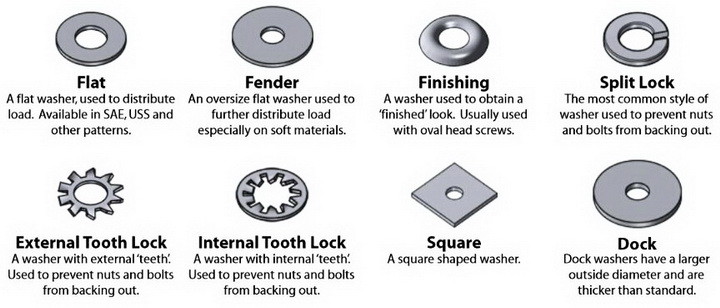

Suppose that we have a region bounded between the curves x= Q(y) and x = P(y). Washer Methodįor understanding the washer method, we will recall the washer method about the y-axis.

Therefore we will need to modify the formula if we revolve R around another vertical line. $$ Volume \ =\ \int_a^b 2πx \left( f(x) \ -\ g(x) \right) dx $$īut keep in mind if we revolve a region R around another vertical line beside the y-axis, the shell radius and the shell height formulas may need to be revised. Recall that the shell method says that the volume of the solid is equal to the integral from of 2πx times f(x) - g(x). The height of this shell which is given in the first figure is equal to f(x) - g(x) and the radius of this shell is equal to the value of x. If we take this region and revolve it around the y axis, we obtain the following solid of revolution with a hole in its centre.įor a given value of x in between a and b, if we take the corresponding line segment extending from the curve g(x) to the curve f(x) and revolve this line segment about the y-axis, we obtain the surface of a cylindrical shell. Suppose that we have a region R, bounded between the curves y=f(x) and y=g(x) from x = a to x = b as shown in a figure. In this article we will walk through an example to illustrate a shell method and washer method in one such scenario but before we do this let's review the shell method and the washer method. The revolving regions can be in the XY plane on a vertical line in the y-axis or it can be on the horizontal line in the x-axis. By making slight modifications to these methods, we can find volumes of solids of revolution resulting from revolving regions. The washer method and the shell method are powerful methods for finding the volumes of solids of revolution.


 0 kommentar(er)
0 kommentar(er)
